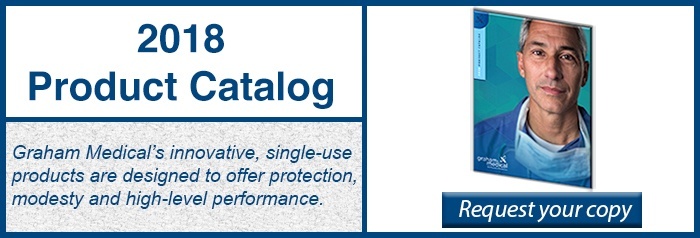 Infection prevention starts in the field with emergency care and trauma treatment. Emergency medical care typically brings you to patients in a less-than-sterile environment, with exposure to germs and bacteria that you cannot control. Fortunately, there are areas you can control, such as wearing personal protective equipment and taking measures to protect the equipment you use daily, whether onsite or back at your transport unit.
Infection prevention starts in the field with emergency care and trauma treatment. Emergency medical care typically brings you to patients in a less-than-sterile environment, with exposure to germs and bacteria that you cannot control. Fortunately, there are areas you can control, such as wearing personal protective equipment and taking measures to protect the equipment you use daily, whether onsite or back at your transport unit.
Emergency service personnel are vital to public health, often becoming the first-line defense for epidemics and contagion. They must respond quickly to signs of potentially infectious disease as well as take measures to prevent this infection spread. These protective measures must begin with personal protective equipment (PPE) including patient-care gloves, safety glasses, and an N-95 FFP-type mask. Additional protective equipment may be quickly deployed before a full patient investigation is complete if dispatchers are able to provide additional information en route.
Upon completing an investigation of symptoms and identifying red flags, the EMS provider can then work on treating and containing these infections before arriving at the hospital. By correctly identifying and treating the symptoms, and communicating these concerns with hospital providers, EMS personnel can help prevent the spread of countless diseases including influenza, MRSA, VRSA, TB, D-Diff, and HIV.
Protective Equipment Helps Prevent Infection and ContaminationAny area exposed to an infected patient could become a vector for transmission. By using single-use equipment in your transport, you'll be able to minimize these transmission risks for both your current and future patients. Consider stocking the following items:
- Fitted Stretcher Sheets - Covers for wheeled and rigid stretchers that can be quickly set up and disposed of, the fitted material helps prevent slipping and stays on stretchers more securely despite patient and vehicle movement.
- Flat Sheets - Reduce linen and laundry costs with a single-use cover sheet made from a soft and comfortable non-woven material.
- Pillows and Pillow Cases - Clear advantages to single-use pillows and pillowcases are the reduction of risk of cross-contamination from a patient's head, mouth, or nasal discharge.
- Single Use Blankets - Strong protection against shock and the elements as well as a source of patient comfort, single-use blankets are available in a large variety of weights and textures.
- Insta-Kit Bedding Kits - Entire bedding kits are amazing time-savers, providing an entire setup in just seconds without searching for all the needed pieces. With multiple patients, this allows providers additional time to focus on care.
- Absorbent Mat - The nature of emergency medical care means that fluid loss is common. Don't let this fluid become a vector for disease, but instead employ absorbent mats to prevent contaminant-filled drips which may result in slips and falls.
Discover more information about single-use products to reduce cross-contamination and infection. Download this EMS Disposable Brochure from Graham Medical or to find out where to buy emergency management

